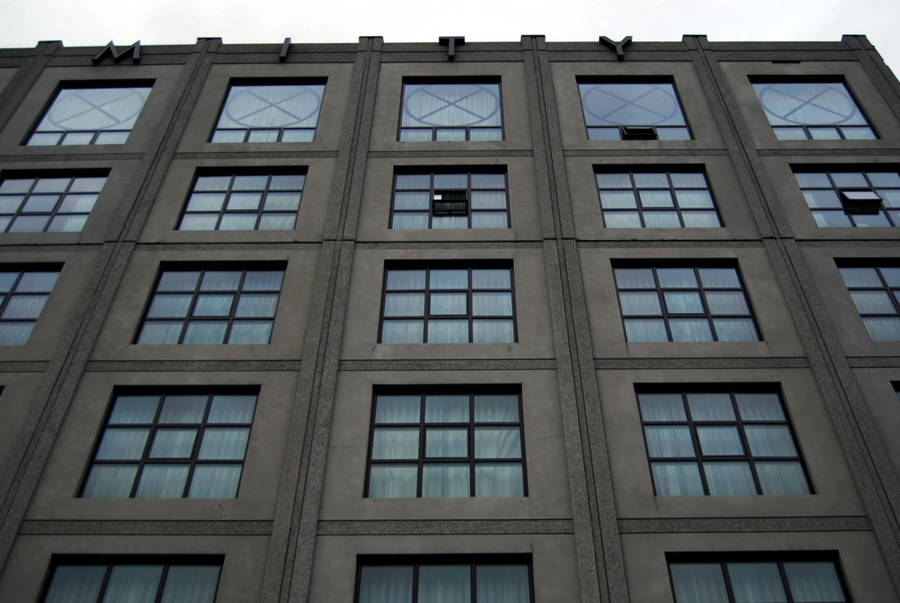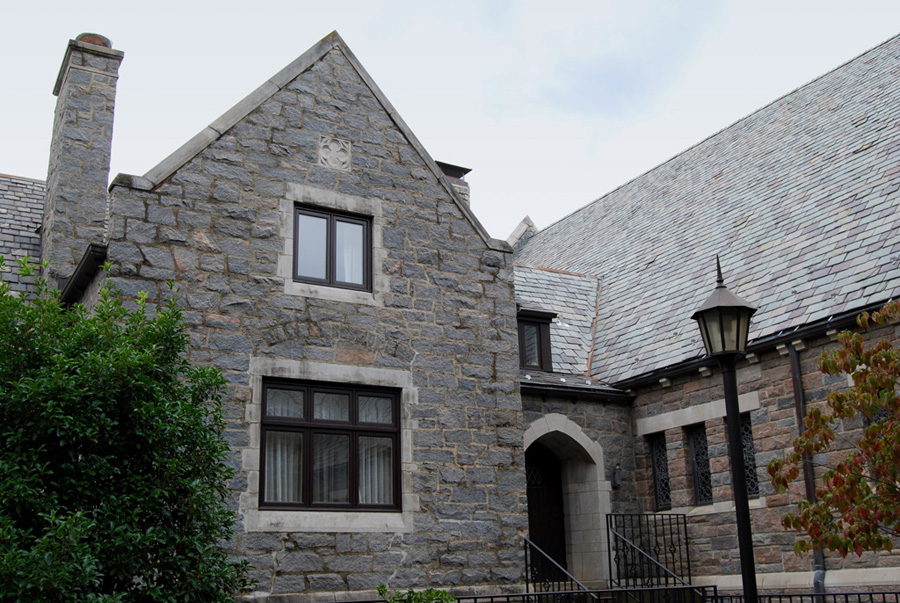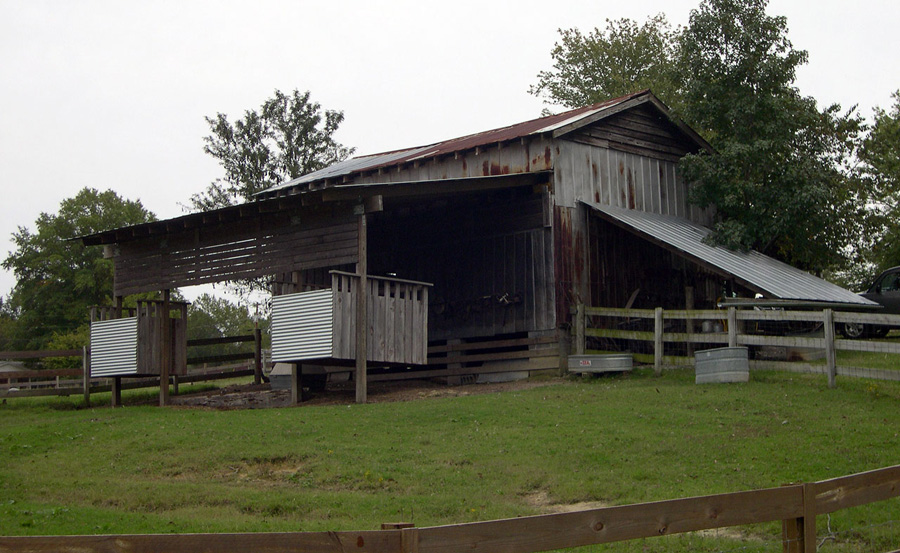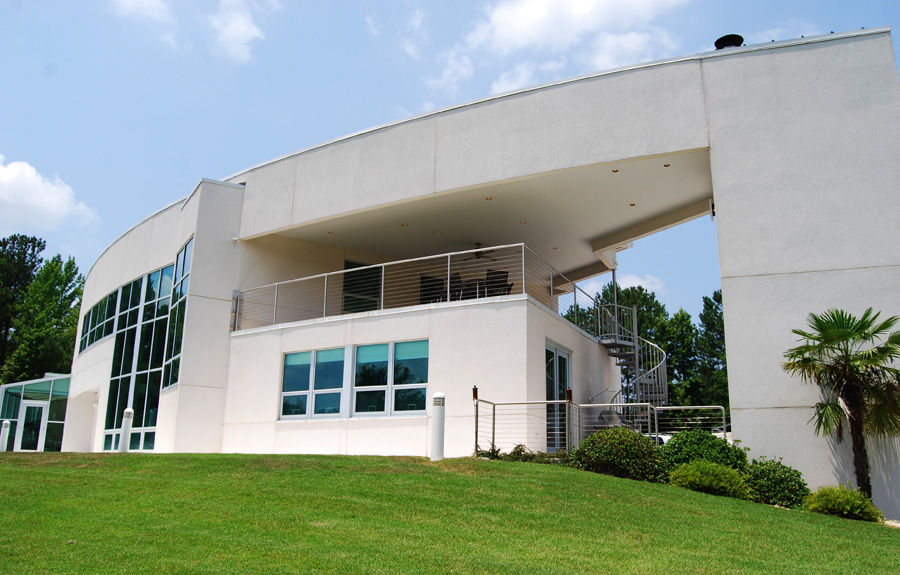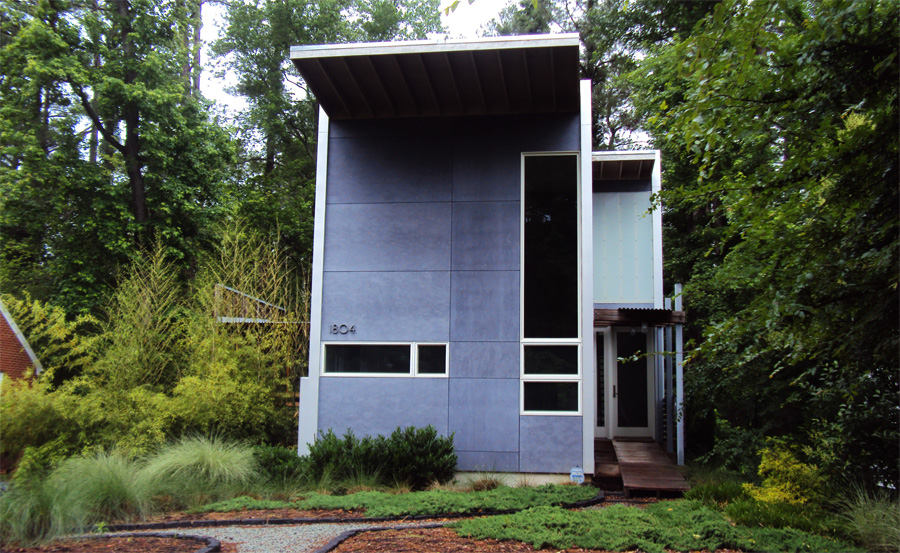… and just as seldom. ~Ayn Rand
I read this piece by Roger Ebert, tearing apart modernism. Was drawn to it, courtesy of this Architizer article.
Ebert says what so many Americans feel when they see modernism. Is this because of the idea of modernism itself, or poor followthrough on the part of mediocre architects?
I’ve become fond of the phrase “Mediocre Modernism” as of late… You know these buildings when you see them, a poorly proportioned facade with lots of glass that constantly has the shades drawn because all that light doesn’t work for the function inside. The low slung office building that’s chopped up into a grid of beehive offices or cubicles, that instantly reminds one of some medieval dungeon. These are no spaces fit to work or live in, but even moreso, they don’t speak to their region and neighborhood.
This line,
It seems drawn from mathematical axioms rather than those learned for centuries from the earth, the organic origins of building materials, the reach of hands and arms, and that which is pleasing to the eye.
Cuts to the heart of Ebert’s argument.
Which, interestingly enough, bears a striking similarity to the heart of modernism. New technologies and building materials allowed for, and (it was argued) required new building forms. Thrilled by their new material capabilities, architects sought out new building forms and systems of proportion. Instead of ignoring technological advancements, they made attempts at expressing those advancements in a meaningful way.
So what makes a good building? Modern, or otherwise? Vitruvius‘s three conditions come to mind:
Firmness, Commodity, and Delight
Firmness? Most any building (built to code anyway) should meet the first of the three.
Commodity? Well this is where ‘form follows function’ comes into play. A good building ought to function well for its inhabitants.
Delight, however, seems to be where things get sticky. Because so much of a human being’s reaction to their built environment isn’t a result of an easily quantifiable equation, but instead is built out of a lifetime’s worth of experiences. Modernists, and others going all the way back to the Renaissance have tried to find proportions that universally appeal to the human being.
I’ve gone all over the place in this post, but Mr. Ebert has some pretty strong words for modernism here. It seems to be rooted in a mid-century and earlier understanding of where Architecture was, and not so much a recognition of all the things that have come after. (Gehry comes to mind.)
Mr. Ebert and I will have to agree to disagree on this one. Not all modernism is bad, there are some very great places worth caring about in both the past and present of the modern movement. Likewise, there are some really great places that are vernacular in nature, or dare-I-say, revivalist… but the bottom line, in my mind, is that a well designed building, needs little justification.

